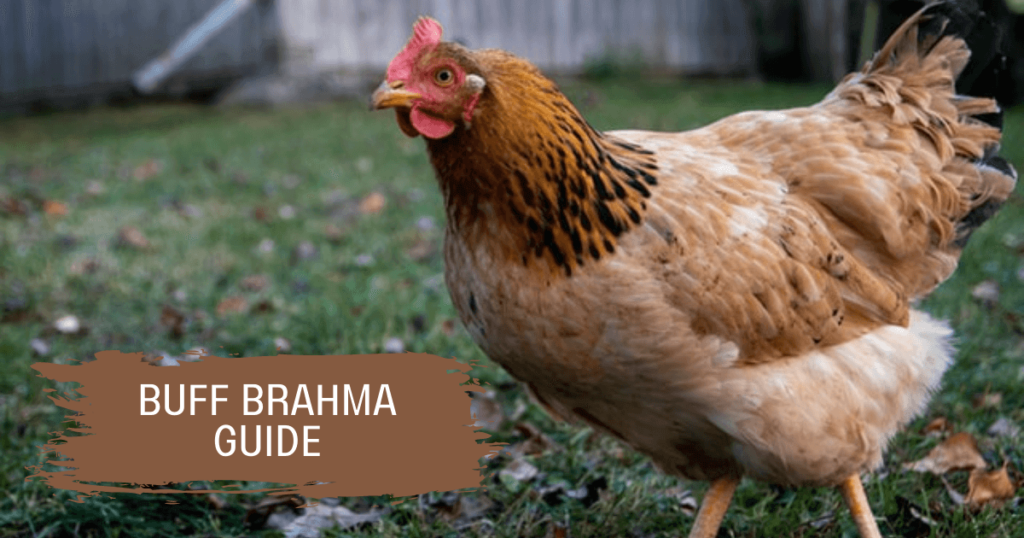If you’re looking for a charming and docile chicken to add to your flock, the Buff Brahma might be a perfect choice. This fancy breed is friendly and easygoing, making them ideal for families with young children or pets.
Although Buff Brahma is a relatively new breed in the Americas, its unique appearance and personality make it a hit. This article will give you insights and everything you need to know about adding this breed to your flock.
What is Buff Brahma Chicken?
The Buff Brahma chicken is a beautiful breed developed in the United States. Although they’re still somewhat uncommon, these chickens are vast and quiet like other Brahma breeds.
Chinese clipper ships imported the Brahma to New England in the late 1800s. Brahmas are very quiet, docile, and simple to care for, making them ideal pets for new owners. Their large size, profuse feathering, and little pea comb make them almost impervious to the cold.
History
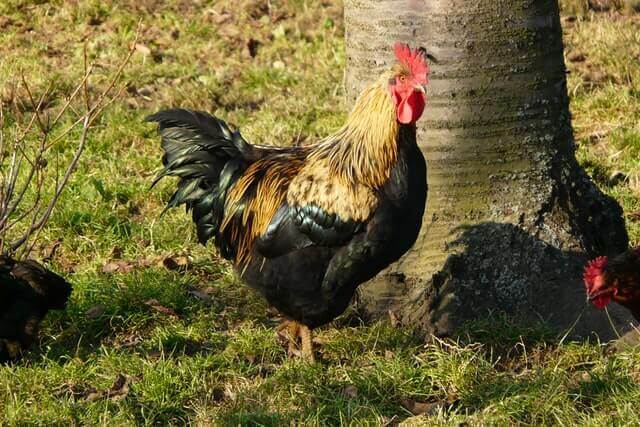
The Brahma is a chicken breed that originated in the United States due to imported birds from China. They were known as “Shanghai” chickens because they had traits of both species, such as head shape and comb size distinctive to this type.
It is distinguishable from other breeds because of its head shape and pea comb. It is limited cross-breeding with Grey Chittagong chickens from Bangladesh that gave this bird its distinctive characteristics.
In December 1852, George Burnham delivered nine “Gray Shanghaes” to Queen Victoria as a gift, marking the first time that Brahmas were imported to the UK. English breeders created the Dark Brahma strain from this stock, then sold it to the United States. The initial British Poultry Standard, issued by the founding Poultry Club of Great Britain in 1865, comprised light and dark Brahmas (penciled).
The American Poultry Association’s initial Standard of Perfection, published in 1874, includes the Buff variety and the light and dark colors; the latter was introduced in 1924 or 1929. At some point between 1850 and 1930, American farmers relied on Brahma as their primary source of meat.
Appearance
Known for its distinctive coloring and size, the Buff Brahma is a giant breed of chicken with feathered legs. In addition to their wide brows and towering stature with broad shoulders. They are practical chickens with smooth, thick under-down plumage for colder areas.
The roosters and hens of the Buff Brahma breed seem quite similar. Thus, it might be difficult to tell them apart visually and notice any differences because they mature slowly.
It’s common knowledge that roosters are more curious and outgoing. In contrast, hens tend to maintain a lower profile and aren’t quite as daring. The male’s comb will become a little bigger, and the hackle feathers will get a little more pointed as they get older.
Size and Weight
Buff Brahmas are large breeds of chicken. They are tall and can stand at around 30 inches, as a rule. The rooster, in particular, is known to be one of the largest chicken breeds. They can weigh up to 10-12 pounds. While the hen is also big, they’re not as big as the rooster. Hens typically weigh around 8-10 pounds.
Color
Brahmas come in a wide range of colors. The American Standard of Perfection recognizes just three: dark, buff, and light yellow skin color.
The roosters’ saddle feathers and hackles are black-edged on the light Brahma, which has a white base color.
Buff Brahmas are, nevertheless, among the most visually pleasing of the Brahmas. They feature the same black and white designs as the white ones, but their base colors are golden buff rather than white.
The Australian Poultry Association also considers black, partridge, blue, and barred kinds and those already recognized.
What Is It Like to Have a Buff Brahma?
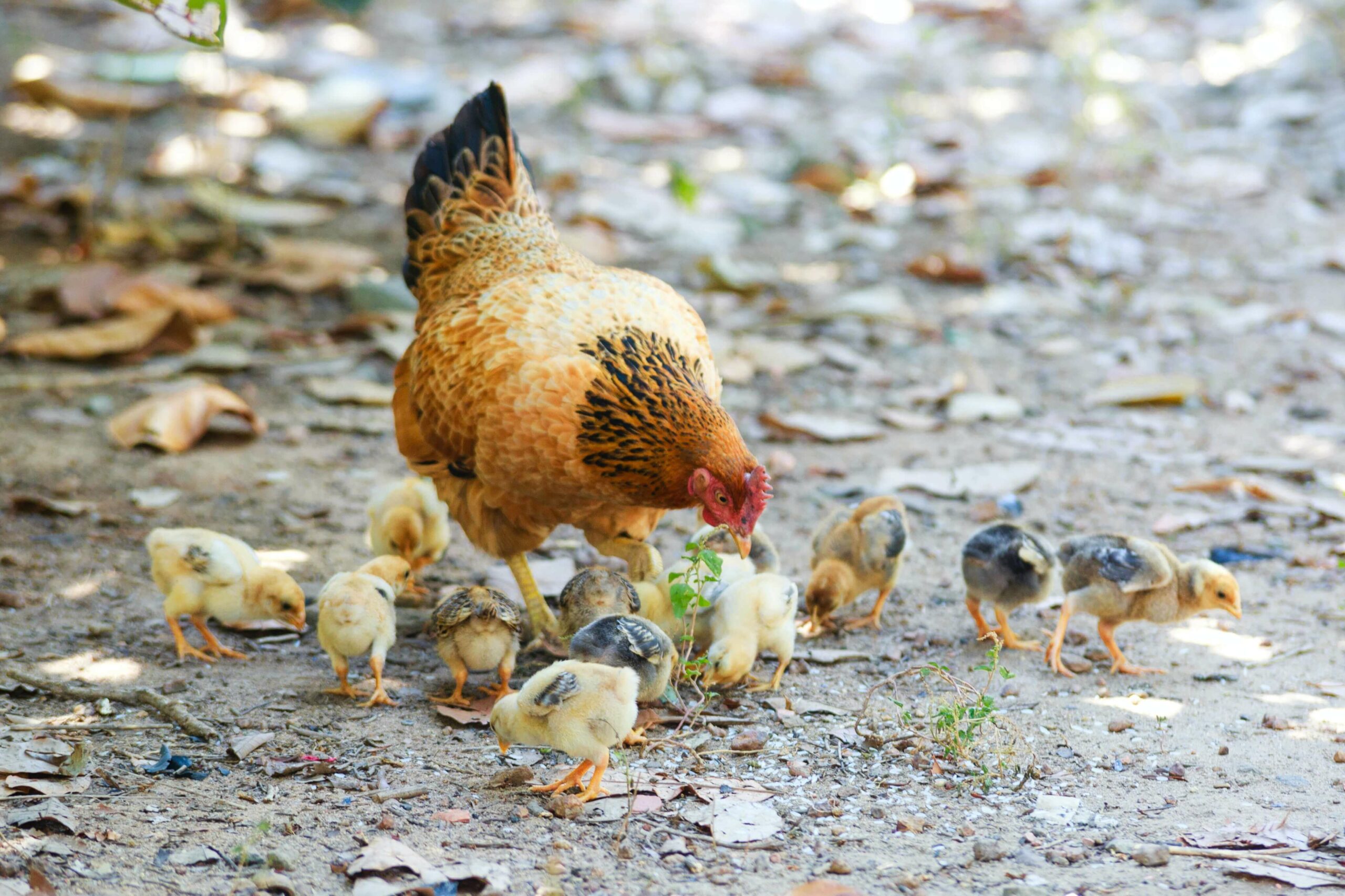
Buff Brahma loves to go around the yard and look for food. If you let them roam freely, they will be able to meet a significant percentage of their needs.
Because they consume a lot of food, allowing them to roam will help keep their feeding expenses minimal. While foraging, they also tend to stay close to home, so you won’t have to search for them.
The Brahma is not suited for southern climates because of its dense feathers, which can suffer from heat stress when temperatures rise.
Personality
Buff Brahma chickens are known for their easygoing personalities. They are a perfect breed for smaller farms and ranches.
Like Blue Laced Gold Wyandottes, Buff Brahmas are highly docile and seldom attack humans or other chickens. Gentle, quiet, and friendly are the words that best describe their demeanor. They are a friendly breed and get along well with other chickens and animals, and even the roosters are not aggressive.
It’s sound knowledge that Brahmas don’t fight with or with other calm chickens. They seldom get harassed by other birds, not because they’re cruel or aggressive, but because of their size.
In the same way, the sheer size of a Buff Brahma may be frightening to children. But children can get used to them with enough time and encouragement. These chickens will surely be happy to sit on their lap.
Egg Production in Buff Brahma Hen
Buff Brahma hens are a bit more production-oriented than other breeds. They lay around three large brown eggs per week, which adds up to about 150 yearly outputs!
It is not surprising, considering they tend to start laying at around six months old and can continue through winter when most of the other hens have stopped.
The hens vary in their degree of broodiness, but some do tend to get a bit more than others during mating season. They make excellent mothers and caretakers for their chicks with the ability to hatch eggs quickly.
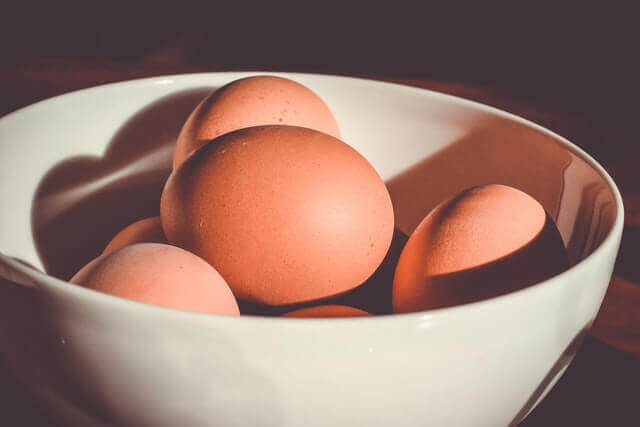
Noise Levels
Brahmas are one of the more silent bird species. They only make noises when it’s time to warm up their eggs or raise alerts about potential predators to protect themselves from harm!
Buff Brahmas can thrive as long as they have adequate room to roam in urban areas.
Facts About This Breed
- This breed may be called Grey Shanghai, Brahma Pootra, or Chittagong.
- Even though the American Poultry Association labels them Asian fowl, they are American birds.
- You have to be patient with this breed since they are heritage chickens that take longer to mature and reach their full potential.
- They are susceptible to heat stress because of their thick coats.
- From the 1850s to the 1930s, the United States relied on Brahma livestock for meat production.
Buff Brahma, an Autosexing Breed of Chicken
An “AUTOSEXING” chicken is one designed exclusively for use in day-old purebred chick sexing utilizing pattern and down color distinctions.
An adult Buff Brahma has four toes on each of their feet, and their plumage is smooth with lots of dense down.
Buff Brahma Chicken Care Guide
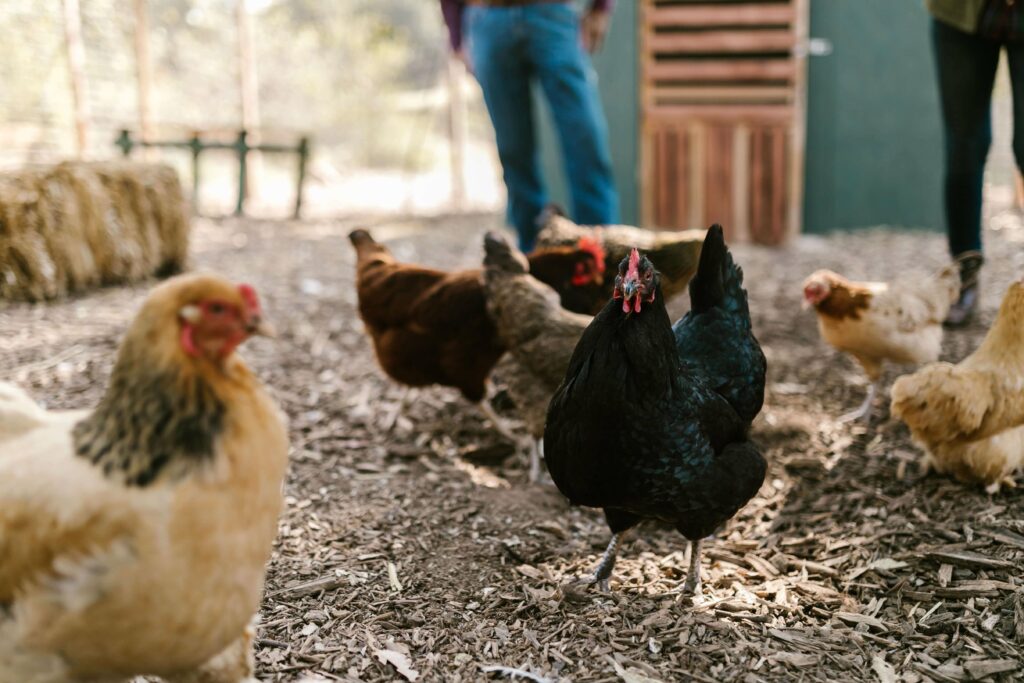
Feeding
Buff Brahma needs a balanced diet. These chickens eat a lot. A 20 percent crumble is recommended for the first few weeks of raising chicks until they are ready to lay eggs.
You may switch to 16 percent layer feed — pellets or crumble – after they are sixteen weeks old.
Buff Brahmas will require separate bowls for oyster shells and grit in addition to their regular meal.
Oyster shells aid in the formation of strong bones and eggshells, while grit aids in the digestion of food. Oyster shells should not be added directly to the bird’s food since not all birds need additional calcium.
There should always be access to safe freshwater from a chicken watering system. Vitamins and electrolyte powder may be added to their drinks throughout the warmer months to maintain them in peak condition.
It’s best to feed Buff Brahmas regularly since they have the potential to bully the rest of the flock when they starve. Free-roaming them is also a preferable option since it will keep them occupied and save you money on feed.
Coop Setup
Given their size, they need sufficient space. A six to eight square feet per Buff Brahma is optimal. You might need to modify your coop for these birds. Since they may grow up to thirty inches tall, a wider entrance is required.
As a result of their size and weight, perches should be lower to the ground, around 12 inches tall, to prevent any foot or leg damage.
Lastly, their nesting boxes should be at least 12 inches deep and 14 inches wide to suffice.
Run and Roaming
The Brahma, like other chickens, enjoys roaming about outside. But they can tolerate confinement as long as there is enough space in the pen.
They’re excellent foragers and like to eat the garden’s bounty. In addition, their massive size deters many aerial predators as adults. However, the best way to keep an eye on smaller ones is with a wireless chicken coop camera. Many have extra bells and whistles to help scare off predators.
Health Issues
It’s important to note that the Buff Brahma is a solid and healthy breed.
Brahmas have a lot of feathers; therefore, parasite checks will be necessary. It’s now up to you whether or not you treat your hens regularly or occasionally.
Their feathery feet are the only thing that should raise a concern. The scaly leg mite may be challenging to detect in feathered foot breeds, so check their legs frequently.
In frigid weather, wet and muddy feet may lead to frostbite. Small mud balls may form on the toes when feet are left dirty or damp for a prolonged period. So, if you are letting them out in the winter snow and ice, be extra careful with their feet.
Aside from these minor concerns, you have nothing to worry about since Brahma chickens usually have excellent health.
Why We Love This Breed/Benefits
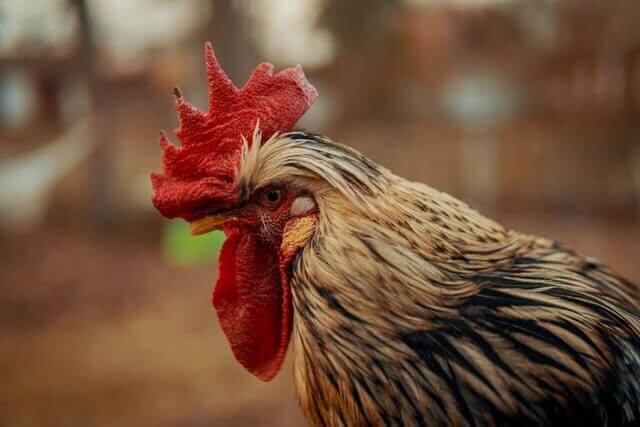
- Children love to snuggle with them, and Buff Brahma is more than glad to help in every way possible.
- Great for both meat and eggs.
- Gentle giants, despite their enormous stature.
- Feathered feet are a sight to see. It’s impossible not to adore them.
- Because they are so peaceful, they’re ideal for homes with close neighbors.
- Even after all the other hens have ceased producing eggs, they continue to lay for months throughout the winter.
- It’s a joy to handle them since they’re calm, serene, and self-assured.
Challenges of Raising Buff Brahma
There’s not much challenge in raising a Buff Brahma. However, it is crucial to prevent these birds from being exposed to extreme temperatures. Summer heat may be almost unpleasant for them because of their thick feathers.
Should I Raise Buff Brahma Chickens?
Your flock will benefit significantly from the addition of Buff Brahma chickens. In the United States, these calm and adorable chickens are gradually becoming a popular choice.
Families with young children enjoy having Brahmas as pets because of their calm dispositions. Even though they aren’t the most acceptable egg layer, they continue to produce eggs throughout the winter. It’s also worth noting that they’re huge and may discourage a wide range of birds and other flying predators.
Adding a flock of Buff Brahmas to your backyard is an excellent idea if you have the opportunity.
Summary
When you see Buff Brahma, you will be mesmerized. They are beautiful chickens that may be kept in the city or the countryside.
It’s worth the wait, even if these chickens take a long time to mature. If you want to keep your egg supply going over the winter, you may consider adding one or two chickens of this breed to your flock.
Also, keep in mind that they have a large appetite and need a lot of food (especially during the winter months).
While their brows and crests give them an intimidating appearance, this is far from reality. It’s a friendly bird that gets along well with others and may develop strong bonds with its owners.

